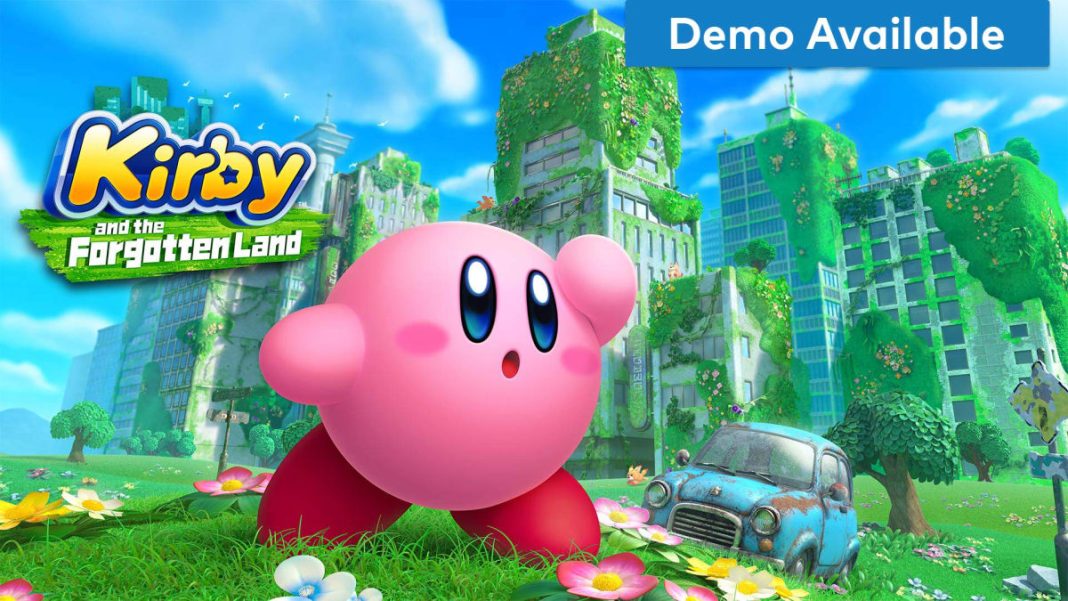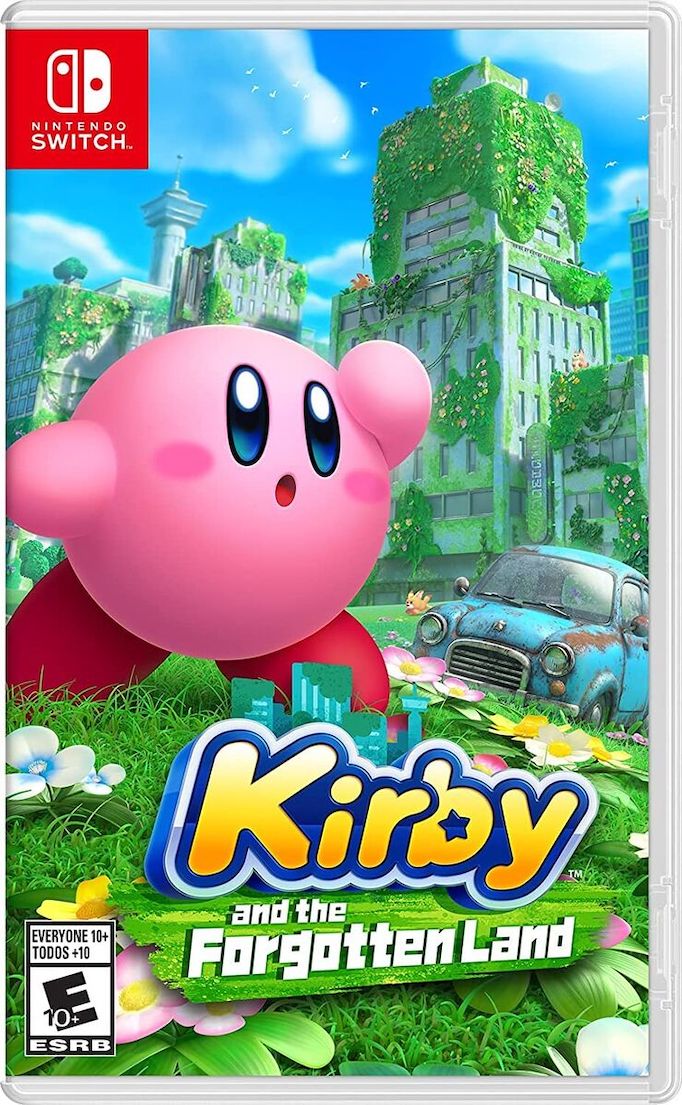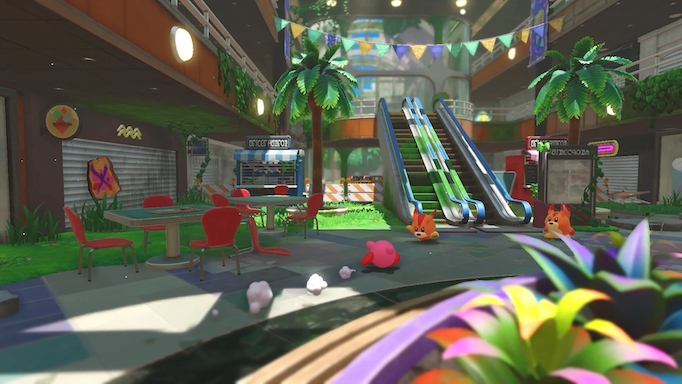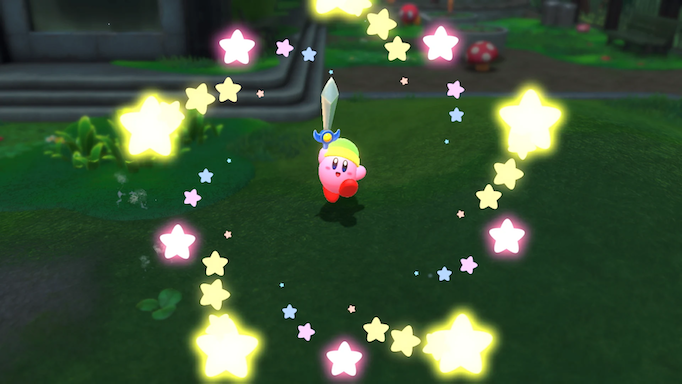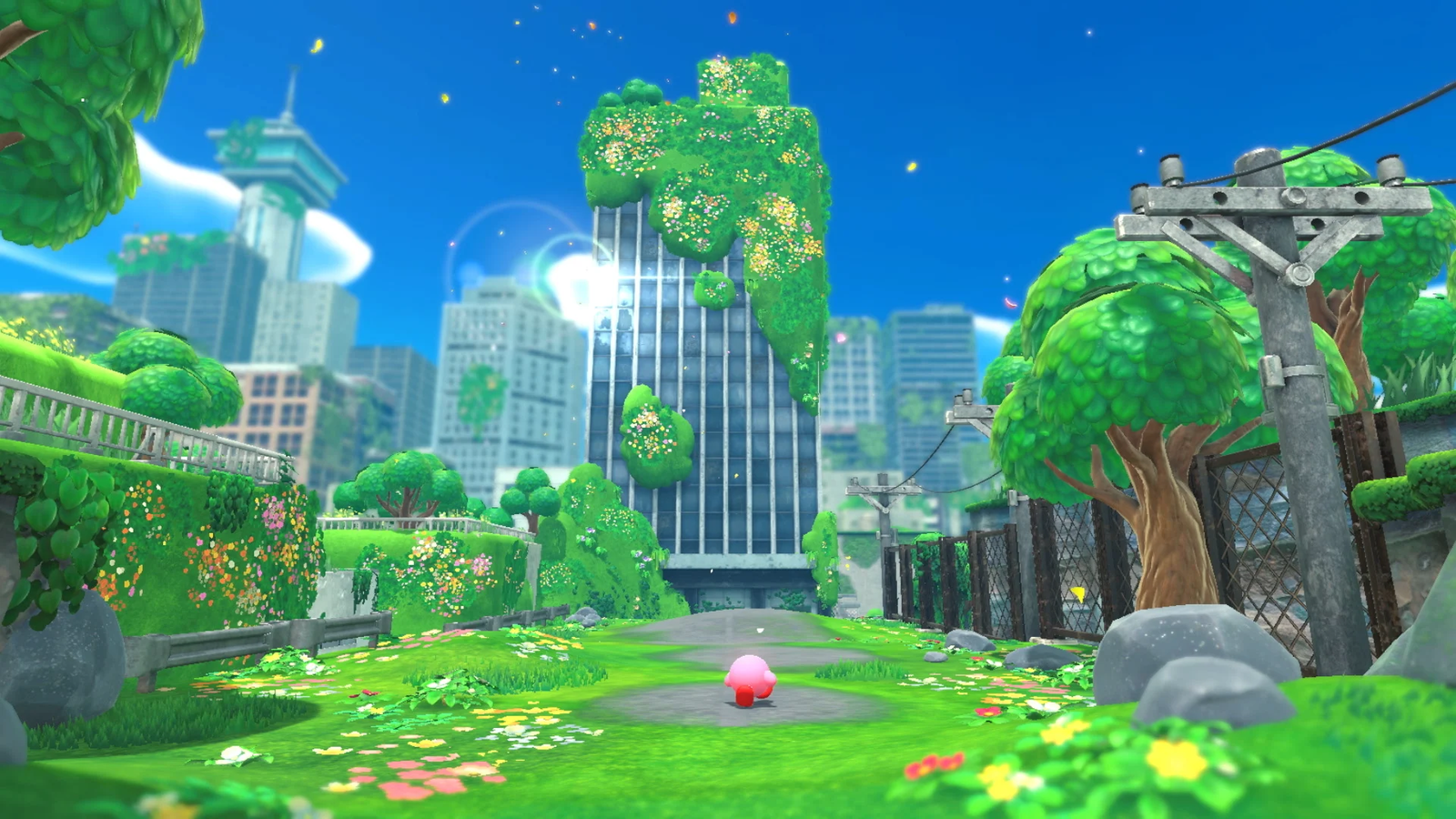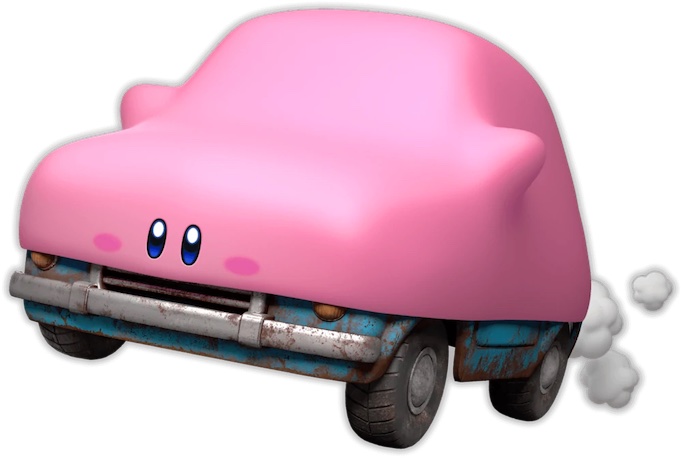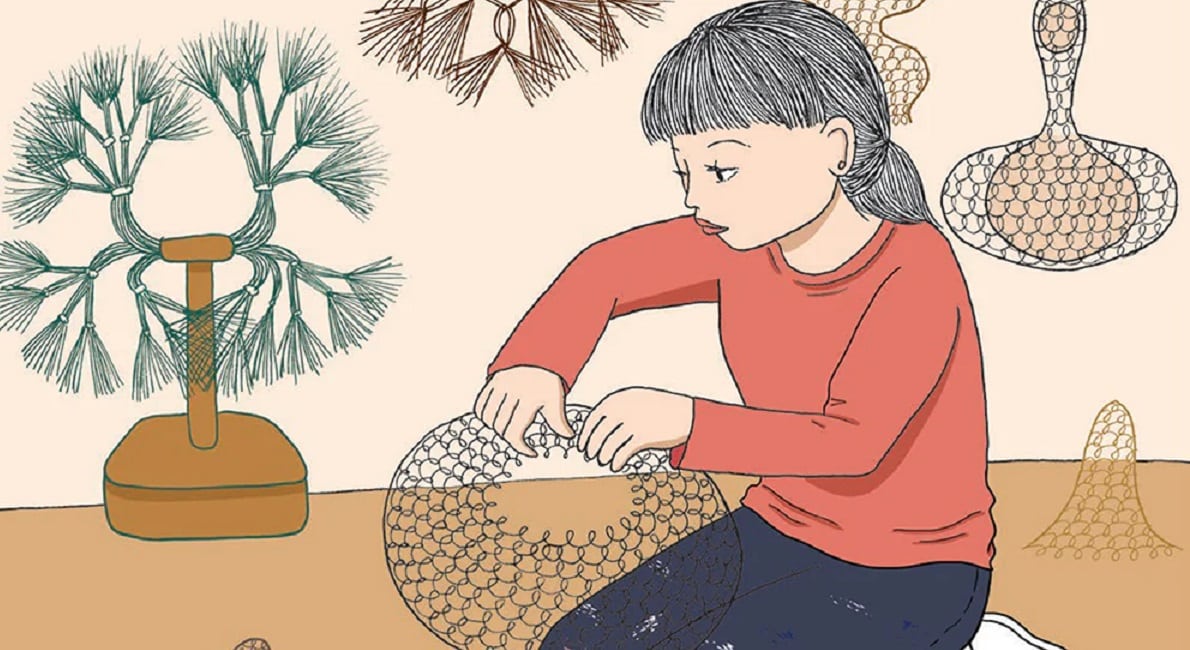Most Nintendo series upgraded to 3D with their debuts on the Nintendo 64, but the console’s Kirby title was one of only a few platformers that remained a classic sidescroller. That’s why Kirby and the Forgotten Land is the game Kirby fans have been waiting for since booting up Crystal Shards finding themselves trapped on a 2-dimensional plane. The series’ latest entry on the Nintendo Switch impressively transitions the pink puffball to 3D platforming, simultaneously making changes fans have long been asking for. It’s not perfect, but it’s the most exciting and drastic evolution in the 30-year-old franchise since Kirby’s Adventure on the NES.
Kirby has been a franchise I’ve long wanted to return to, but the games didn’t feel designed for players past a certain skill level. Kirby titles have never been tough, but the original games in the series presented enough challenge to at least keep players attentive. You can sleepwalk your way through more modern titles. There’s nothing wrong with an easy game, but in a game where you can fail, it should feel feasible that you could. The low difficulty is ideal for young children first getting into video games, but it makes older players feel left out.
That changed with Forgotten Land, which lets players choose between the Spring Breeze and Wild modes. “Wild” is most definitely a misnomer, especially in the beginning hours of the game. Around the halfway point, however, Kirby and the Forgotten Land becomes challenging enough to satisfy most players. It’s never punishing, but the occasional death (or risk of death) adds long-missing stakes to a playthrough.
Almost magically, Kirby and the Forgotten Land plays exactly like you want a 3D Kirby to play The seamlessness of the transition is a testament to the developers’ skill. When a series that has been around as long as Kirby, expectations build of what an entry in the series should feel like. Never for a second does Forgotten Land upset those expectations. From beginning to end, Kirby just feels right, even though a 3D title requires very different technical skills from its developers than a 2D platformer. With such a smooth transition, HAL Laboratories pulled off a minor miracle.
A staple of the Kirby series is the pink puffball’s power to copy the moves of his enemies. Almost every game he appears in enables him to gain copy abilities like Bomb, Hammer, Fire, Freeze, Sword, etc. Naturally, copy abilities also feature prominently in Forgotten Land as well. The game adds some new facets, like letting players upgrade the abilities several times over. That’s entertaining for a while, but it grows formulaic fairly quickly. The copy abilities serve their purpose, but they’re not where the game shines.
One of the game’s biggest joys is the simple sense of discovery. The level design lies somewhere between the openness of Super Mario 3D World and Super Mario Odyssey. Every course in Kirby and the Forgotten Land leads you down a set path, but leaves players enough room to encounter fun detours and uncover secret areas. HAL Laboratories finds a nice middle ground in the game’s design, giving players the opportunity to explore without overly complicating the game for beginners.
The game supplements normal levels with challenge courses testing players’ skills with Kirby’s many abilities. They’re an entertaining and effective way to mix up the gameplay, giving players the opportunity to play through challenges specifically designed for certain power ups. That focus allows for more intentional design than the standard levels, which have to accommodate for every permutation of Kirby’s abilities. Bouncing between the two level designs prevents either from growing stale.
As Kirby saves more and more Waddle Dee’s, the helpless creatures peppered throughout each level, they go and build up Waddle Dee Town, a small village for Kirby to explore. There isn’t a huge amount to do apart from purchasing power ups and playing some underwhelming minigames, but the chance to casually interact with the colorful characters of Dream Land is another enjoyable change of pace.
The best addition to the Kirby formula is Mouthful Mode, which lets Kirby suck up large objects like cars and tires and flash bulbs and more. The discovery of a new object Kirby can control is always a delight, changing up how the game plays in surprising and exciting ways. So it’s all the more disappointing that there aren’t quite enough of those moments to sustain the sense of wonder the early hours of the game evoke. Kirby slows the introduction of new ideas, which causes the last hour or two of the game to lag. You can still upgrade Kirby’s traditional copy abilities, but that’s trading innovation for iteration, not on par with the ways a new Mouthful Mode livens up the gameplay. Forgotten Land partially makes up for it with a thrilling final battle, but just a few more surprises over the course of the game would have kept the game consistently entertaining.
Nintendo makes a lot less 3D platformers than it used to, so Kirby and the Forgotten Land is a welcome addition. As much as it draws comparisons to Super Mario Odyssey, it doesn’t reach the same heights as the 2017 title. But that’s like comparing a promising artist’s first painting to the Mona Lisa. Forgotten Land is an achievement in its own right, a heck of a good time with some truly magical moments. Just as importantly, it’s a promising start to a whole new branch of Kirby games. I’m already excited for its sequel.
Review code provided by Nintendo.


